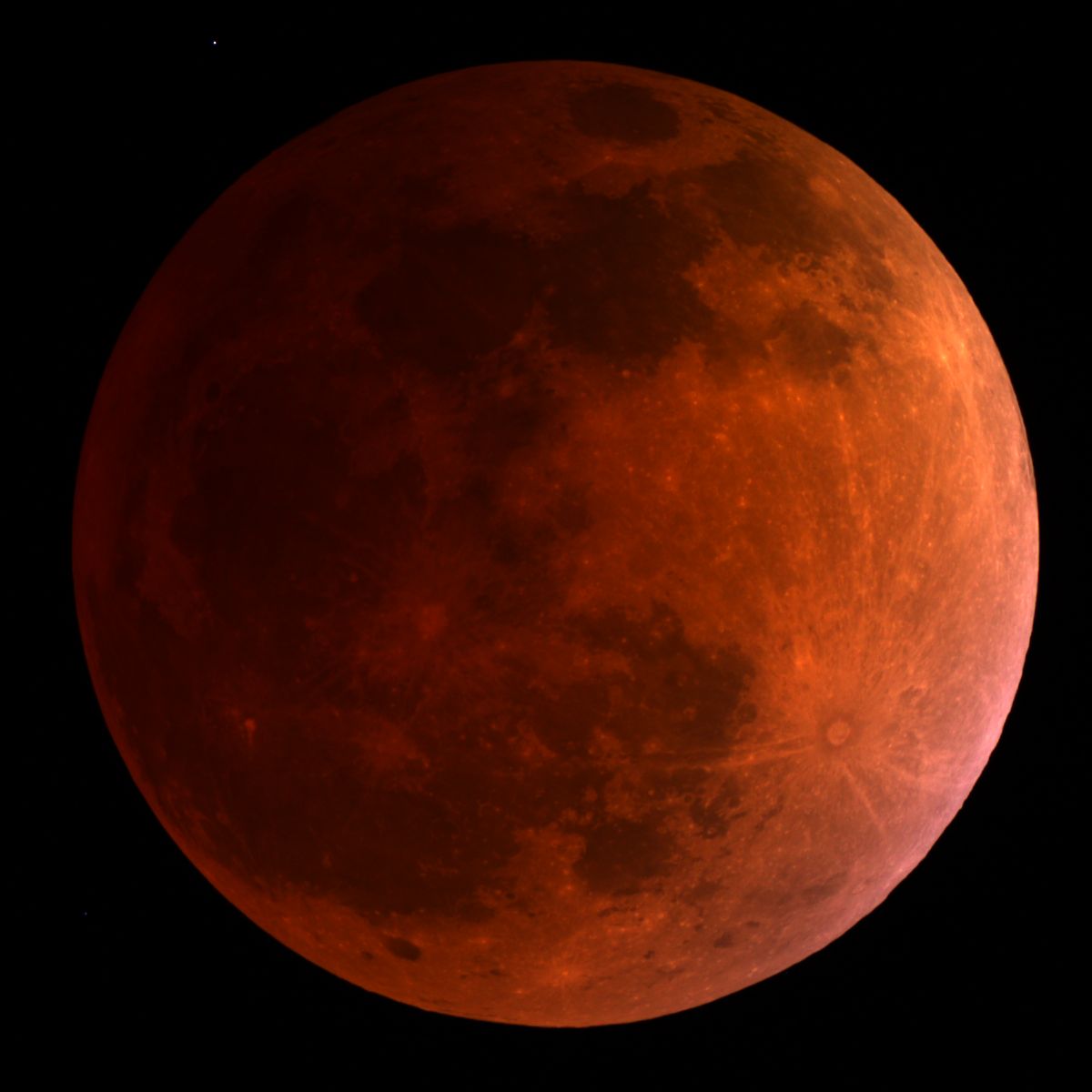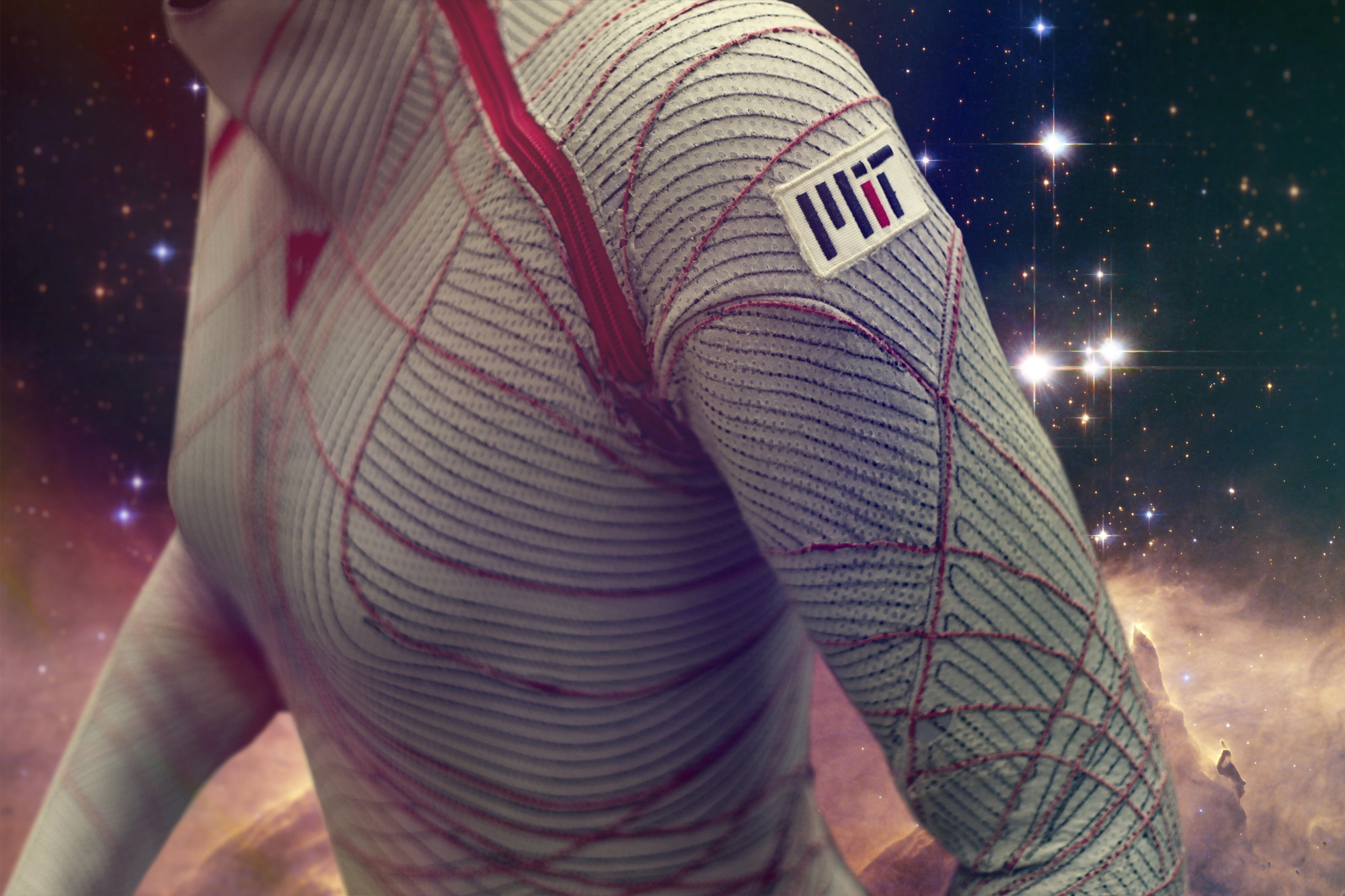Best Space Stories of the Week – Oct. 5, 2014
Last week space sleuths pieced together the mystery of a fireball and astronomers will be able to enjoy lattes in space. See the best stories from the week here.
A massive feature on the moon formed due to lunar rifts, in a surprise revision to earlier theories, research shows. Previously, scientists thought the moon's Ocean of Storms was a round crater left after a giant impact, but now researchers have found it is underlain by a giant rectangle created by cooling lunar lava as the moon formed.
Weird 'Island' on Saturn Moon Titan Puzzles Scientists
A bizarre feature in one of the hydrocarbon seas on Saturn’s moon Titan has scientists baffled. These three images, created from radar data collected by NASA's Cassini spacecraft, show the evolution of a strange feature in Ligeia Mare, one of the largest hydrocarbon seas on Saturn's giant moon Titan.
Total Lunar Eclipse Next Week Will Turn the Moon Blood Red
Just before sunrise in North America, the "blood moon" total lunar eclipse will rise during the full moon of Oct. 8 , but red might not be the only color people see during the total eclipse. The color of the moon during a lunar eclipse actually depends on Earth's atmosphere.
US, India to Team Up on Mars Exploration
NASA and the Indian Space Research Organisation (ISRO) signed an agreement that lays out their respective roles on the NASA-ISRO Synthetic Aperture Radar (NISAR) mission, which is scheduled to launch to Earth orbit in 2020 to study the consequences of climate change on a fine scale. [India's First Mars Mission in Pictures (Gallery)]
Lattes in Space! Espresso Machine Will Launch to Space Station
The ISSpresso is a prototype similar to one that will fly to the International Space Station in April 2015 aboard Orbital Sciences' robotic Cygnus cargo vessel. [Watch a video about the space station espresso machine]
Huge Rocket for NASA's 1st Orion Test Flight Moves to Launch Pad
A huge Delta 4 Heavy rocket that will blast NASA's new crew capsule into space for the first time ever was rolled from an assembly facility to Launch Complex 37 at Florida's Cape Canaveral Air Force Station. The rocket is scheduled to blast off on Dec. 4, carrying NASA's Orion spacecraft on its debut test flight. [Photos: NASA's Orion Space Capsule Test Flight]
Breaking space news, the latest updates on rocket launches, skywatching events and more!
Space Sleuths Piece Together Fiery Fall of Russian Spy Satellite Debris
Observers across parts of Montana, South Dakota, Wyoming, Colorado and New Mexico caught sight of debris from the military satellite and pieced together story of Russia's Cosmos 2495, that re-entered Earth's atmosphere. Now, it appears that the slow-moving fireball spotted over the U.S. on Sept. 2 was due to a lingering leftover from the Soviet military spacecraft. [6 Biggest Spacecraft to Fall from Space]
Powerful Megaflare from Small Star Stuns Scientists
NASA's Swift satellite spotted the enormous star flare on April 23 from a system of two red dwarfs located about 60 light-years from Earth. Researchers sais the superflare's X-ray brightness outshone both stars' total luminosity in all wavelengths for a few minutes and its temperature reached 360 million degrees Fahrenheit (200 million degrees Celsius) — about 13 times hotter than the sun's core.
Futuristic Skintight Spacesuits May Shrink-Wrap Astronauts
A group of MIT researchers want to "shrink-wrap" the spaceflyers of tomorrow. According to scientists at the Massachusetts Institute of Technology, spacesuits could be replaced by a pressurized, skintight suit allowing for a much better range of motion during exploration. [See more images of MIT's Biosuit design]
Huge Cloud on Saturn's Moon Titan Is Made of Toxic Cyanide
Titan, Saturn's largest moon, at times possesses clouds made of frozen cyanide, researchers say. Hydrogen cyanide is expected to condense in Titan's atmosphere at an altitude of about 50 miles (80 km), and research has detected a nearly imperceptible tropical haze layer at this height matching this gas. The cloud was first seen in images from Cassini's cameras taken in 2012, but only now is its cyanide composition understood.

Space.com is the premier source of space exploration, innovation and astronomy news, chronicling (and celebrating) humanity's ongoing expansion across the final frontier. Originally founded in 1999, Space.com is, and always has been, the passion of writers and editors who are space fans and also trained journalists. Our current news team consists of Editor-in-Chief Tariq Malik; Editor Hanneke Weitering, Senior Space Writer Mike Wall; Senior Writer Meghan Bartels; Senior Writer Chelsea Gohd, Senior Writer Tereza Pultarova and Staff Writer Alexander Cox, focusing on e-commerce. Senior Producer Steve Spaleta oversees our space videos, with Diana Whitcroft as our Social Media Editor.










